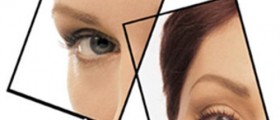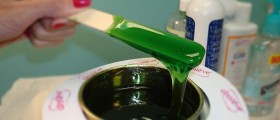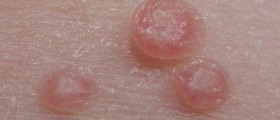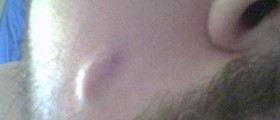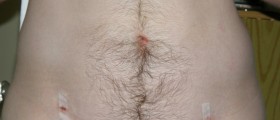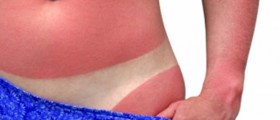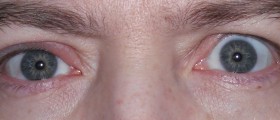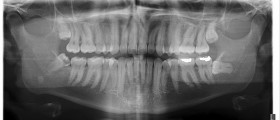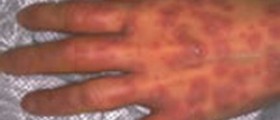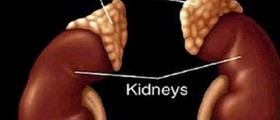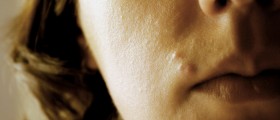Although seemingly simple, the eyelids are organs with very complex structure and function. They are composed of several layers of soft tissue lying between a thin layer of skin on the outside and a conjunctival layer on the inside. The skin covering the eyelids is very thin and prone to damage and infections. There are several different types of lumps and bumps that can affect the eyelids. Here is some info about the most common among them.
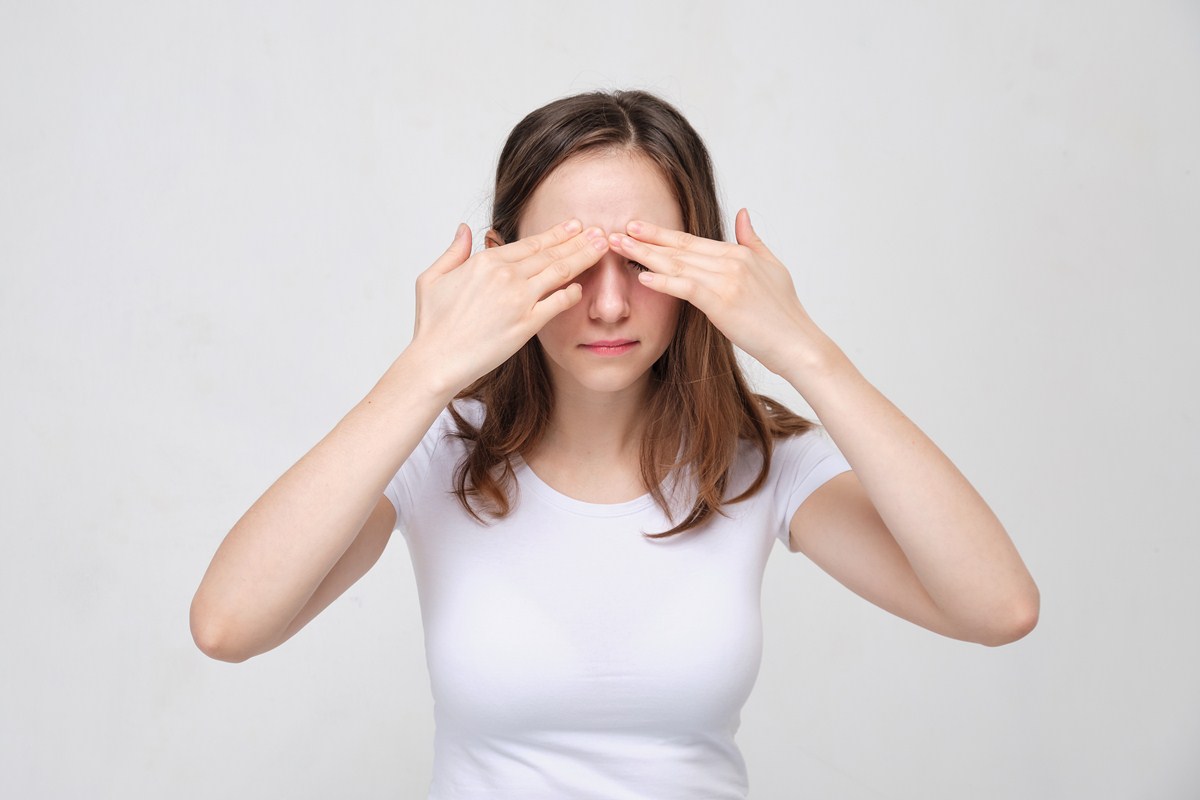
Chalazion
Chalazion is an inflammatory eyelid disorder. It is usually chronic and probably the most common eyelid disorder reported in ophthalmologists’ offices. It is caused by the blockage of the excretory duct of one of the numerous glands present in the eyelid, called tarsal glands or Meibomian glands. Chalazion manifests as swelling and redness of the affected part of the eyelid, and it is usually painful. Although the exact cause has not yet been recognized, poor hygiene and other skin disorders seem to be related with a higher risk of developing chalazion.
The treatment includes corticosteroid creams and good hygiene. Surgical interventions are rarely needed.
Molluscum Contagiosum
Molluscum contagiosum is a viral infection caused by one of the viruses from the poxvirus group. Lesions vary in their size, but they can usually be easily recognized by shape. They are round and pale with a small central pit. This virus can affect any part of the skin and autoinfection is also possible (transmission from one part of the skin to another). This is a benign condition which does not require special care. The immune system of a healthy person should successfully deal with it within a few weeks.
Hordeolum
Hordeolum or stye has a similar appearance as Chalazion, but a different etiology. Hordeolum is usually caused by a bacterial infection (most commonly Staphylococcus aureus), and it is filled with pus. Sometimes it can cause large abscesses. Hordeolum can be internal (appearing on the inner side of the eyelid) or external (appearing on the outer side of the eyelid). Swelling and pain are more pronounced with hordeolum than with chalazion and may last longer. The treatment includes good hygiene, hot compresses, and in some cases antibiotic treatment.
Xanthelasma
Xantelasma usually presents as a non-inflamed yellow lesion on the eyelid's skin. It is caused by the accumulation of fat in the subcutaneous tissue. Persons who notice these lesions should check their cholesterol levels, as xantelasma can be the first sign of hyperlipidemia. Similar skin changes can appear in other areas of the body, in which cases they are called xanthomas.
Epidermal Cyst
An epidermal cyst represents the accumulation of keratin content (basically dead skin cells) in an encapsulated space. These cysts can grow large and cause pain and swelling. The treatment involves an incision of the cyst, so that the accumulated content can be evacuated.
Nevtus
A nevus or a mole can also appear on the skin of the eyelid, and it can be inborn or acquired. It is usually a benign lesion, but if any changes in color, size, or shape appear, you should see your ophthalmologist. Changes of moles located on the eyelid's edge where the skin junctions with the conjunctival layer are particularly important to follow.
Tumors Of The Eyelid
Both malignant and benign tumors can affect any of the numerous structures of the eyelid. Luckily, benign tumors are much more frequent than malign (4:1), and the most common malignant tumor affecting the eyelids is basocellular carcinoma, which rarely produces metastases and can be successfully treated in the early phases.
- Tesluk GC. Eyelid lesions: incidence and comparison of benign and malignant lesions. Ann Ophthalmol. 1985 Nov. 17(11):704-7.
- Pe’er J. Pathology of eyelid tumors. Indian Journal of Ophthalmology. 2016. 64(3):177-190. doi:10.4103/0301-4738.181752.
- Bernardini FP. Management of malignant and benign eyelid lesions. Curr Opin Ophthalmol. 2006 Oct. 17(5):480-4.
- Photo courtesy of SteadyHealth



